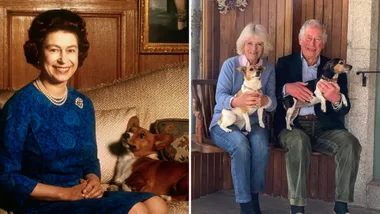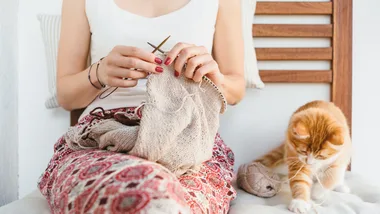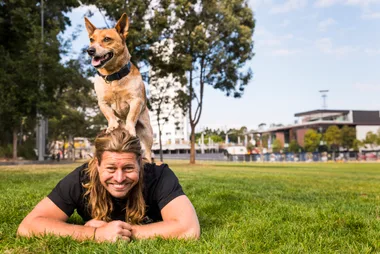The romantically named lovebird is native to the African continent and its surrounding islands. Members of the parrot family, lovebirds became popular in the late nineteenth century when they were imported into England and continental Europe.
There are nine basic types of lovebirds, and a rainbow of different coloured feather combinations can be found within each variety. The peachfaced lovebird is perhaps the most well known kind of lovebird, with its green and pink feathers.
Lovebirds earned their name because of their habit of sitting in pairs and grooming each other. They are small for a parrot (about 13 cm long) and have a short rounded tail. Very active and playful, content lovebirds constantly make noise but aren’t great mimics, so if you want a bird that you can teach to say words, best look elsewhere.
It is a myth that you can only keep lovebirds in pairs — if you only have one Lovebird, it will bond closely with you instead. If you aren’t home often, it’s best to have two lovebirds to keep each other company.
Lovebirds are very social birds that need stimulation and interaction or they will become depressed and destructive. Birds raised from a very young age are easier to tame, and if lovebirds’ wings are clipped they can be let out of the cage. The peachfaced variety is particularly outgoing, which is why they are popular lovebirds to have as pets.
Despite their name, lovebirds can be aggressive (the energetic peachfaced is one of the worst offenders), and should not be kept in a colony or with other species of birds in an aviary. Lovebirds should have a large cage, no smaller than 61cm long, 46cm wide and 48cm high.
Lovebirds need to feel secure so a spot in a well-lit room but out of the sun and free of draughts is optimum. They are quite tough little parrots and can live up to 10 or 15 years. Inexpensive to keep, they should be fed a seed mix that includes panicum millet and sunflower seeds. Lovebirds also enjoy green vegies such as spinach, as well as fruit. Be sure to wash any fruit and vegetables before you give them to your bird.
The price varies for lovebirds but they can range up to $200 and beyond. The more rare and exotic colour combination you want, the more expensive your lovebirds will be.
Photo: Stan Sindel.










